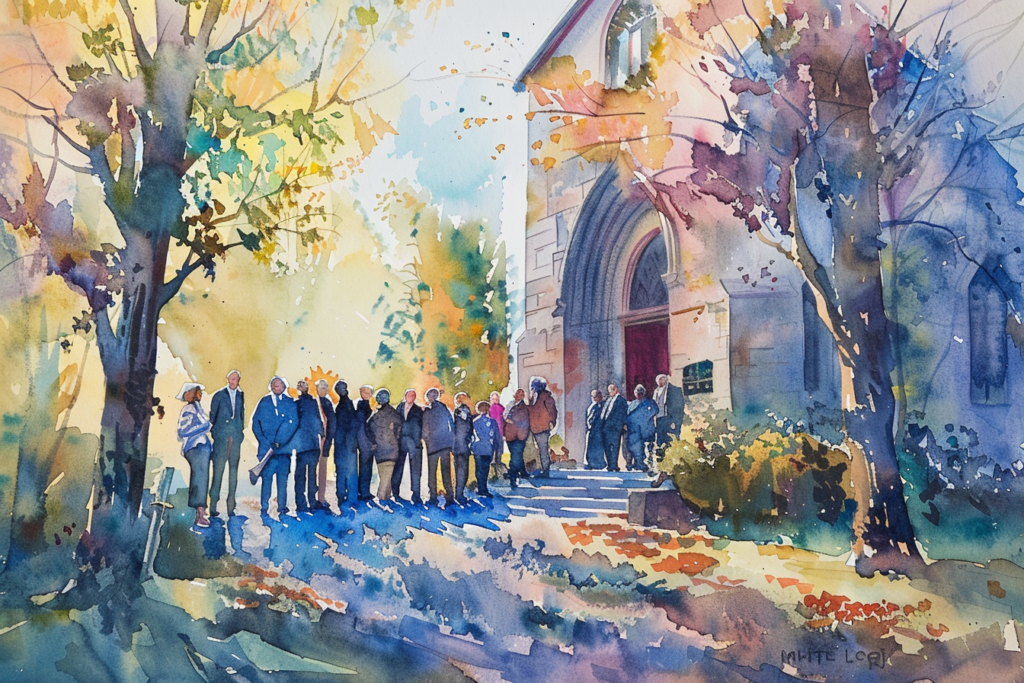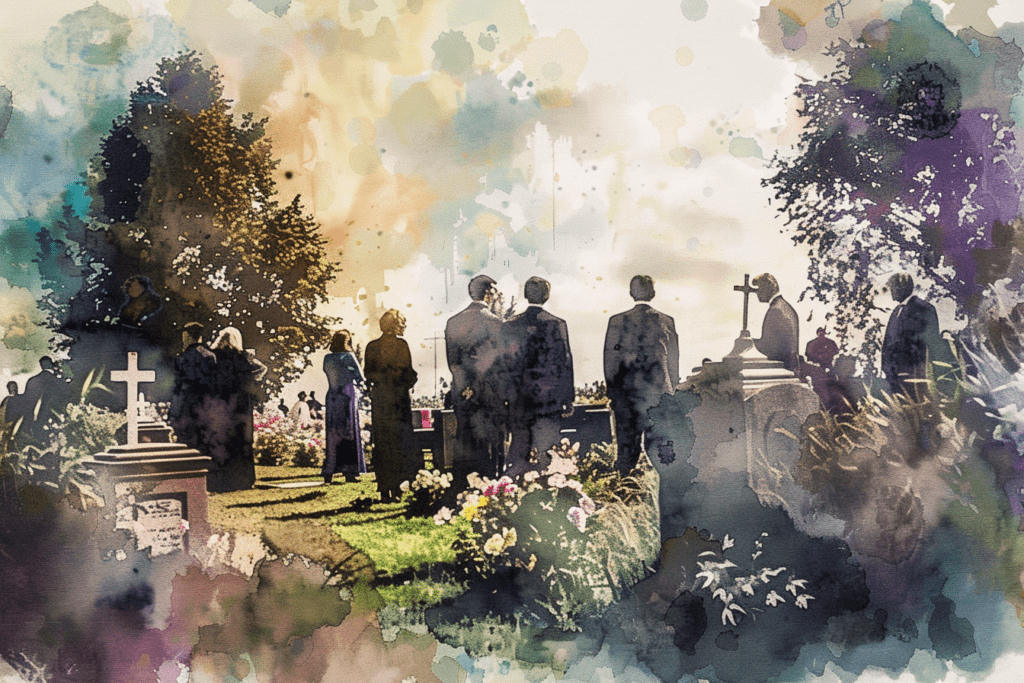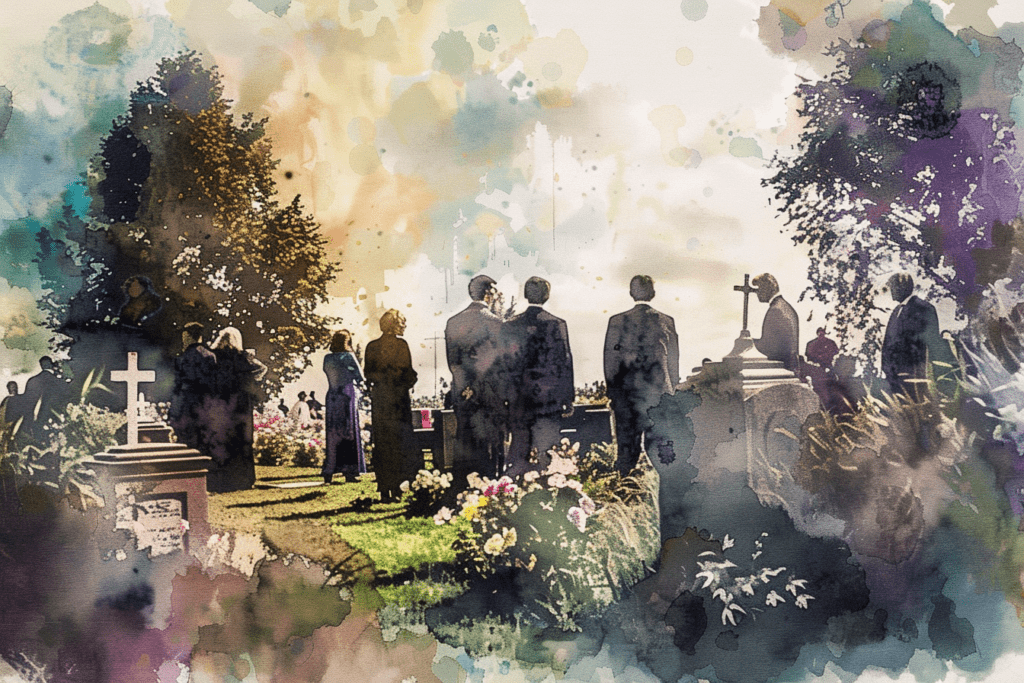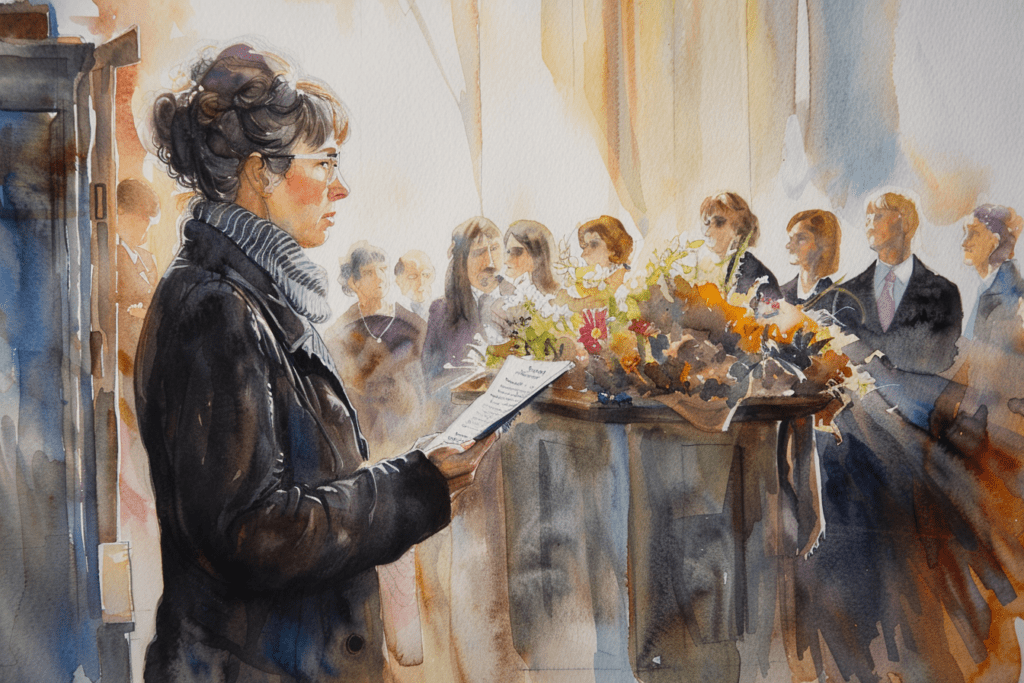
How To Create An Order Of Service Booklet For A Traditional Funeral



Introduction

An order of service booklet is an essential component of a traditional funeral. It outlines the sequence of events, helping attendees follow along and participate appropriately.
This guide will walk you through the steps of creating a meaningful and respectful booklet that honours your loved one’s memory.
After reading the article please consider our collection of personalised order of service booklets.
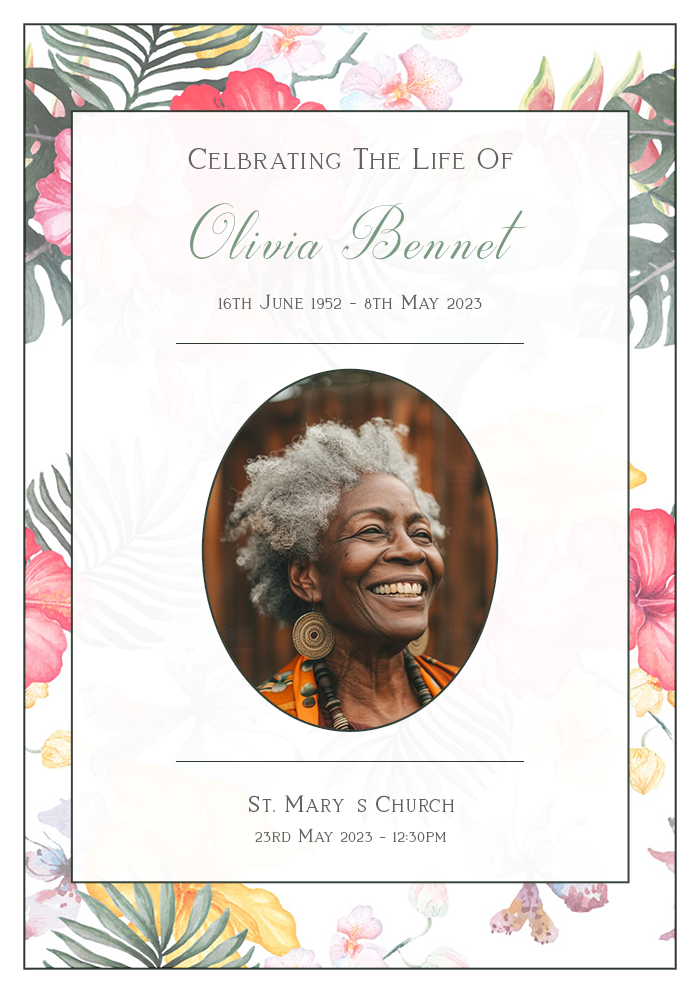

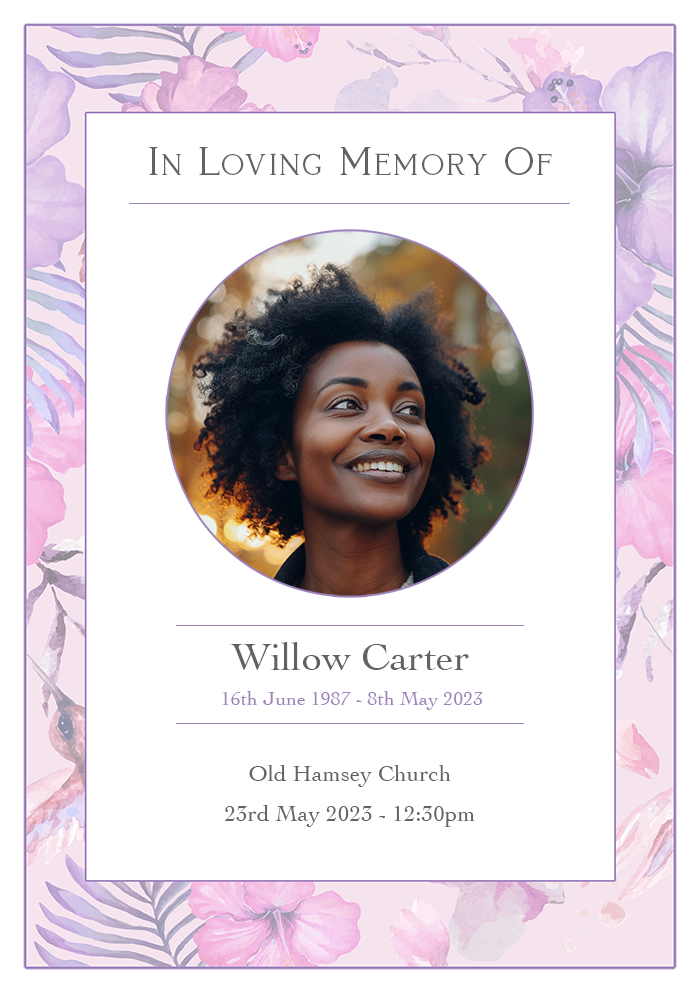

Article Contents
- Understanding the Purpose of the Order of Service Booklet
- Gathering Information
- Choosing a Design and Layout
- Writing the Content
- Proofreading and Printing
- Distribution
- Conclusion

Understanding the Purpose of the Order of Service Booklet

Before you start, it’s important to understand why an order of service booklet is used in a traditional funeral.
This booklet serves several purposes:
- Guidance: It helps attendees know what to expect and when, ensuring the ceremony flows smoothly.
- Participation: Including hymns, prayers, and readings allows everyone to join in.
- Memorial: It acts as a keepsake that friends and family can take home to remember the deceased.

Gathering Information

To create a meaningful booklet, start by collecting all the necessary information.
This includes:
- Full name of the deceased: Ensure the correct spelling, including any middle names, nicknames, or titles.
- Photographs: Choose a recent photo for the cover and possibly a few more for the inside pages. These photos should reflect the personality and life of the deceased.
- Order of the ceremony: Detailed sequence of events, including the names of those participating.
- Readings and hymns: Texts and lyrics to be included in the booklet. Ensure you have the correct versions and permissions if needed.
- Names of participants: Those who will be speaking or performing during the service, along with their roles.
- Thank you notes: Messages of gratitude for those who attended and supported the family.

Choosing a Design and Layout

The design and layout should reflect the personality of the deceased and the tone of the service.
Consider the following elements:
Cover Page
The cover page typically includes:
- A photograph of the deceased: Choose a clear and appropriate photo.
- Full name: Ensure it is spelled correctly.
- Birth and death dates: Format these clearly.
- A short phrase: Such as “In Loving Memory” or “Celebrating the Life of.”
Font and Colours
Select fonts and colours that are easy to read and respectful. Traditional colours are black, white, and muted tones, but you can choose colours that were meaningful to the deceased or their family.
Page Layout
Decide on the number of pages and how the content will be organised.
This includes:
- Title Page: Often a simple introduction with the name and dates.
- Content Pages: The sequence of events, hymns, readings, and eulogies.
- Back Cover: A closing message or another photograph.
Printing Considerations
Choose high-quality paper and printing services. The booklet should be durable enough to be kept as a memento.

Writing the Content

Cover Page
The cover page is the first thing attendees will see, so it sets the tone for the service.
Include:
- A Photograph: This should be a recent and respectful image of the deceased.
- Full Name: Including any titles or nicknames.
- Birth and Death Dates: Clearly stated.
- A Short Phrase: Examples include “In Loving Memory” or “A Celebration of Life.”
Order of Service
This section outlines the ceremony’s structure.
It typically includes:
- Welcome and Introduction: Often given by the officiant. Include the officiant’s name and their relationship to the deceased or the family.
- Hymns and Music: List the hymns or songs, including lyrics if necessary. Indicate if the congregation is invited to sing along or if it will be a solo performance.
- Readings and Prayers: Include the text of any readings or prayers. Specify who will be reading each passage.
- Eulogies: Names of those giving eulogies and a brief description of their relationship to the deceased. Include an introduction if necessary.
- Committal: Details of the committal service, if applicable. This may include specific prayers or rituals performed at the graveside.
- Closing Music: The final hymn or song, often signalling the end of the service. Indicate whether it is a communal song or a solo performance.
Hymns, Readings, and Prayers
Include the full text of hymns, readings, and prayers. This ensures everyone can follow along and participate.
Consider the following details:
- Hymns: Print the lyrics so attendees can sing along. Include musical notations if possible, or at least the melody line for those who can read music.
- Readings: Include the name of the reading and its author. Specify who will be reading and provide any context needed.
- Prayers: Ensure these are easy to follow and read aloud. If there are responses from the congregation, make this clear.
For examples of prayers to include please see our article – Religious Prayers For A Funeral Order Of Service Booklet.
Eulogies and Tributes
List the names of those delivering eulogies and tributes. Provide a brief description of each speaker and their relationship to the deceased.
Consider including:
- Personal Stories: Brief anecdotes that reflect the personality and life of the deceased.
- Significant Achievements: Highlights from the deceased’s life.
- Expressions of Love and Loss: Heartfelt messages that convey the depth of the loss.
Please see our article – How To Write A Eulogy For A Funeral.
Thank You Notes and Acknowledgements
Include a section to thank those who attended and supported the family. This can be personalised and might also acknowledge specific individuals or organisations that provided support or services.
Consider including:
- General Thanks: A heartfelt thank you to all attendees.
- Specific Mentions: Individuals or groups who provided significant support.
- Invitation to Reception: If there is a gathering after the service, include details.
Additional Elements
You might want to add personal touches such as:
- Photographs: Additional photos of the deceased throughout their life. These can be grouped into a collage or placed alongside significant moments in the order of service.
- Favourite Quotes or Poems: Meaningful texts that reflect the personality and values of the deceased. Ensure they are relevant and respectful.
- Personal Messages: Brief notes from close family members. These can provide comfort and a personal touch.
For examples of suitable poems for a funeral please see our article – Poems for a Funeral Order of Service Booklet.

Proofreading and Printing

Before printing, thoroughly proofread the booklet to ensure there are no errors. This is crucial as mistakes can be upsetting.
Consider the following steps:
- Multiple Reviews: Have several people review the booklet to catch any mistakes.
- Consistency Check: Ensure all names, dates, and details are consistent throughout.
- Clarity: Make sure the text is clear and easy to read.
Once finalised, choose a high-quality printing service to produce the booklets. Ensure you order enough copies for all attendees and some extras for those who couldn’t attend or for personal keepsakes.

Distribution

Distribute the booklets at the entrance of the venue. This can be done by ushers or placed on seats beforehand.
Consider the following:
- Organisation: Ensure there are enough booklets for everyone.
- Presentation: Arrange them neatly to make them easily accessible.
- Extra Copies: Have a few extra copies available for anyone who may need one later.

Conclusion

Putting together an order of service booklet is an act of love and respect. While it may seem daunting, this guide aims to make the process a bit easier, ensuring you create a beautiful and fitting tribute for your loved one.
Remember, the most important thing is that the booklet reflects the personality and values of the deceased, providing comfort and guidance to all who attend the service.



